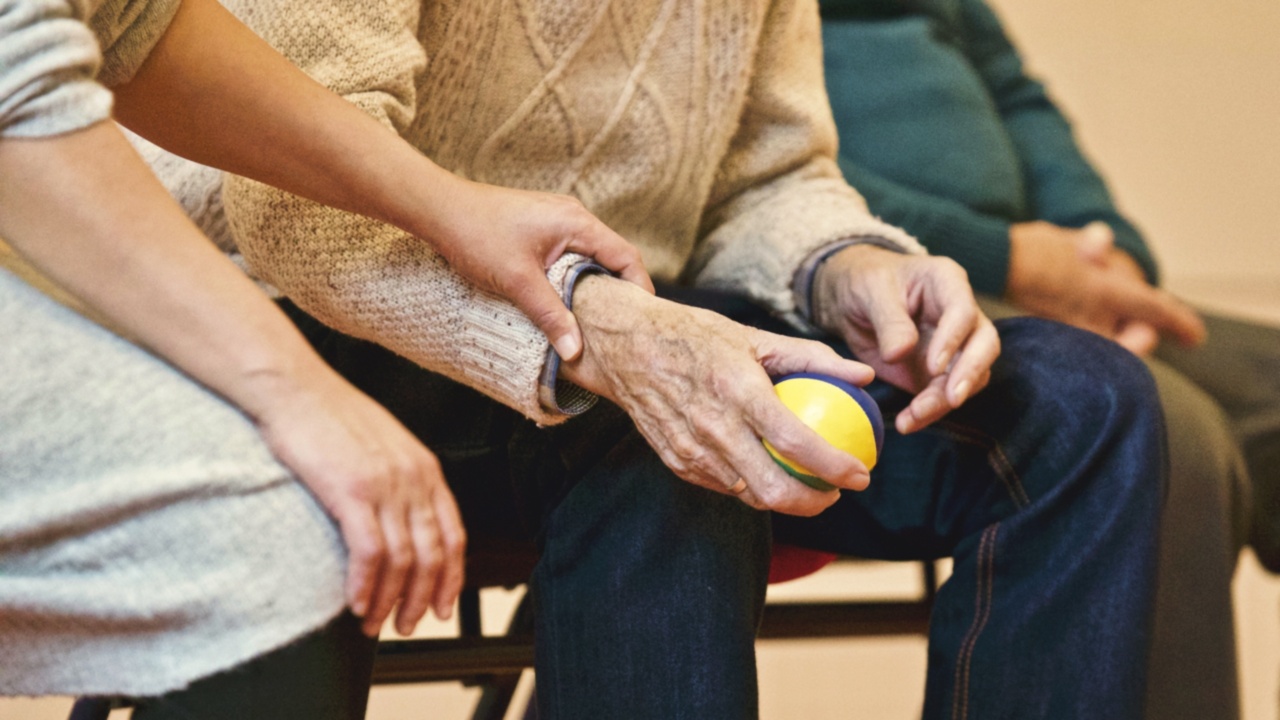Discrimination in healthcare is a pressing issue that affects individuals of various age groups. While discrimination can occur based on several factors, one significant form of discrimination is age-based bias.
This form of discrimination refers to prejudice or unfair treatment of individuals in healthcare settings because of their age. Age-based discrimination in healthcare can have detrimental effects on patients’ well-being and lead to inadequate care.
In this article, we will explore the various aspects of age-based discrimination in healthcare and its implications on patients.
The prevalence of age-based discrimination
Age-based discrimination in healthcare is a widespread phenomenon that affects individuals across different age groups.
It can occur both in the form of direct discrimination, where healthcare providers intentionally discriminate against patients based on their age, and indirect discrimination, where systemic policies or norms lead to unequal treatment of different age cohorts.
Older adults are more susceptible to age-based discrimination in healthcare.
Negative stereotypes and ageist attitudes can lead healthcare professionals to perceive older patients as less competent, less reliable, and less deserving of certain medical interventions. This bias can result in under-diagnosis, under-treatment, and inadequate care for older individuals.
However, age-based discrimination is not limited to older adults. Younger individuals, especially children and adolescents, may also experience age-based bias.
This can manifest in healthcare providers dismissing their symptoms, questioning their credibility, or failing to take their concerns seriously. Such discrimination can have severe consequences, as these age groups may require prompt and accurate medical attention for their well-being.
The impact of age-based discrimination on healthcare outcomes
Age-based discrimination in healthcare can significantly impact patient outcomes. When healthcare providers discriminate against patients based on their age, it can lead to misdiagnoses, delayed treatments, and a lack of appropriate care.
These consequences can be especially harmful to older adults and younger individuals who are particularly vulnerable and in need of proper medical attention.
For older adults, age-based discrimination may result in under-diagnosis or misdiagnosis of certain medical conditions.
Symptoms may be attributed to aging rather than being thoroughly investigated, leading to delayed treatment or the absence of necessary interventions. This can negatively affect the prognosis and overall quality of life for older patients.
Similarly, age-based discrimination against younger individuals can compromise their healthcare outcomes.
Failure to take their concerns seriously or dismissing their symptoms can prevent timely intervention, potentially leading to worsening conditions or complications. Children and adolescents rely on healthcare professionals to advocate for their health, and age-based discrimination can undermine their trust in the healthcare system.
Causes of age-based discrimination in healthcare
Age-based discrimination in healthcare can arise from a combination of individual, societal, and systemic factors. Some of the common causes include:.
Stereotypes and ageist attitudes
Preconceived notions and stereotypes about different age groups can contribute to age-based discrimination in healthcare.
Negative stereotypes, such as assuming older individuals are less competent or younger individuals are exaggerating their symptoms, can lead healthcare providers to treat patients unfairly based on their age.
Biases in medical training
Medical training may not adequately address age-based discrimination, leading to biases and prejudices being carried forward into healthcare practice.
Healthcare professionals may not receive sufficient education or awareness about age-related issues, perpetuating discriminatory behavior towards certain age groups.
Systemic barriers
Healthcare systems can unintentionally contribute to age-based discrimination through policies or practices that prioritize certain age groups over others.
For example, limited access to specialized healthcare services for older adults or dismissing the concerns of younger patients can perpetuate age-based disparities in care.
Lack of geriatric training
Specifically concerning older adults, healthcare providers may lack proper geriatric training, leading to misconceptions about aging and age-related health issues.
This knowledge gap can result in age-based discrimination and inadequate care for older patients.
Implicit biases
Implicit biases, which are unconscious and automatic associations that individuals hold, can contribute to age-based discrimination.
These biases may influence healthcare providers’ decision-making processes, leading to differential treatment based on patients’ age.
Addressing age-based discrimination in healthcare
Recognizing and addressing age-based discrimination in healthcare is crucial for ensuring equitable and quality healthcare for all individuals, regardless of their age. Here are some steps that can be taken to mitigate age-based discrimination:.
Education and training
Healthcare professionals should receive comprehensive education and training that addresses age-based discrimination, stereotypes, and biases.
This training should emphasize the importance of patient-centered care and debunk myths surrounding different age groups.
Implementing guidelines and protocols
Healthcare organizations should develop guidelines and protocols that emphasize equitable care for patients of all ages. These guidelines should promote evidence-based practice and discourage age-based assumptions that can lead to discrimination.
Improving geriatric care
Special attention should be given to geriatric care to ensure that healthcare providers are equipped with the necessary knowledge and skills to meet the unique healthcare needs of older adults.
This includes addressing age-related conditions and promoting preventive care.
Promoting intergenerational collaboration
Creating opportunities for intergenerational collaboration within healthcare settings can help break down age-related stereotypes and foster mutual respect and understanding among different age groups.
This can contribute to more patient-centered and age-inclusive healthcare practices.
Advocacy and policy changes
Advocacy efforts should be made to raise awareness about age-based discrimination in healthcare and push for policy changes that promote equal treatment and access to care for individuals of all ages.
This can include advocating for laws that protect against age-based discrimination and ensuring the enforcement of existing legislation.
By addressing age-based discrimination in healthcare, we can take significant steps towards creating a more inclusive and equitable healthcare system that meets the diverse needs of individuals across all age groups.






























